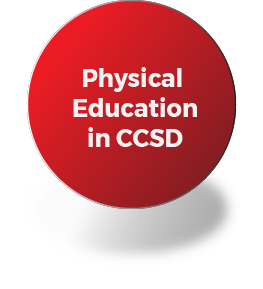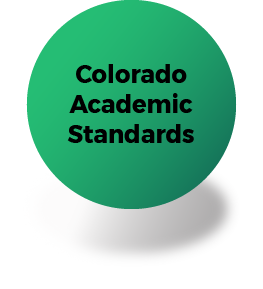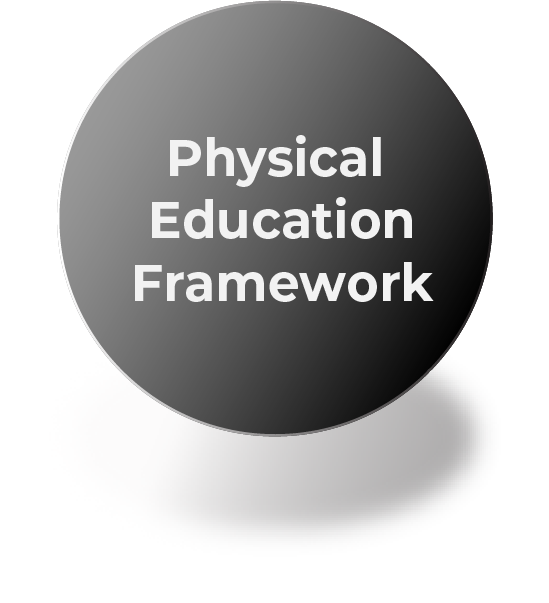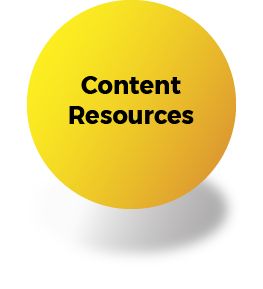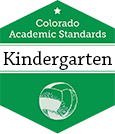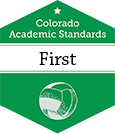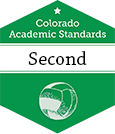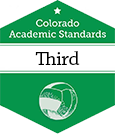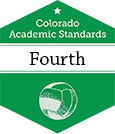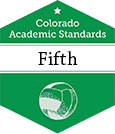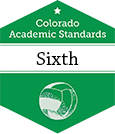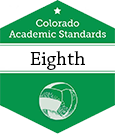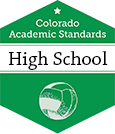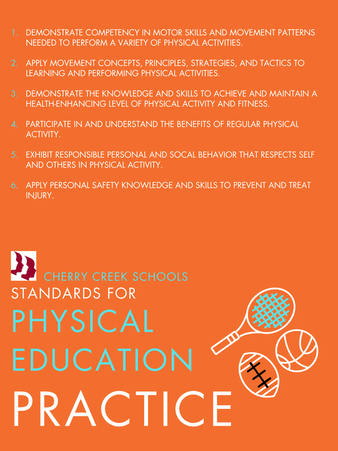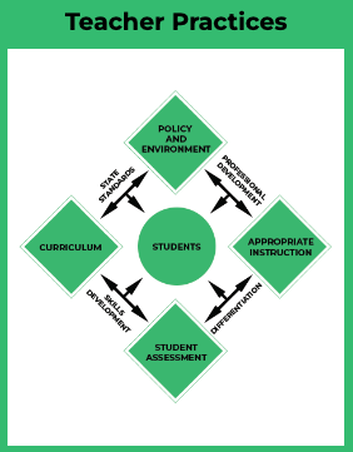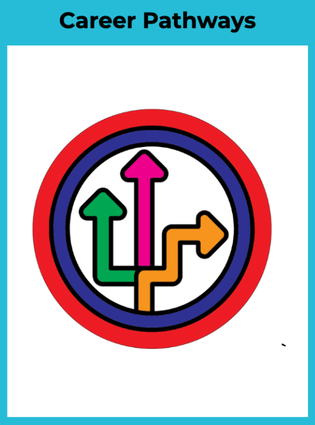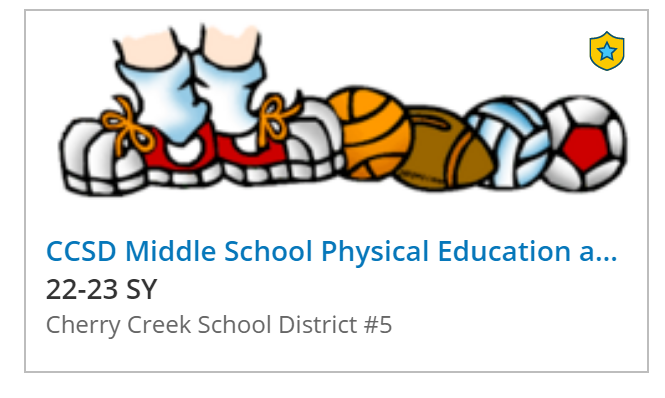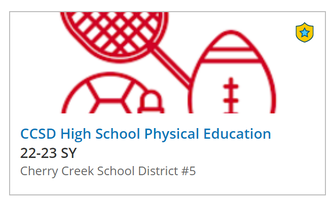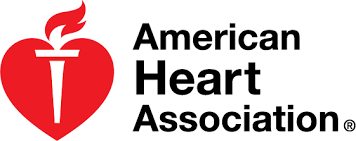Welcome to Physical Education
Click the buttons below for quick access to content
Click the buttons below for quick access to content
Preparing students for the 21st century cannot be accomplished without a strong and sustained emphasis on all students’ physical and mental wellness. Today’s world has exploded with physical, mental, and social influences that affect not only learning in school, but also the lifelong health of the citizens that schools are preparing for graduation. Physical education prepare students to function optimally as students, global citizens, and workers who demonstrate personal responsibility for one’s health and fitness through an active, healthy lifestyle that fosters a lifelong commitment to wellness. Physical Education Standards encourage physical literacy, which is the ability to move with competence and confidence in a wide variety of physical activities in multiple environments that benefit the healthy development of the whole person.
Health education and physical education are separate disciplines, each with a distinct body of knowledge and skills. However, the two disciplines are naturally interdisciplinary and clearly complement and reinforce each other to support wellness. Schools have a unique role and responsibility to address both health and physical education from preschool through twelfth grade to instill and reinforce knowledge and skills needed to be healthy and achieve academically.
Health education and physical education are separate disciplines, each with a distinct body of knowledge and skills. However, the two disciplines are naturally interdisciplinary and clearly complement and reinforce each other to support wellness. Schools have a unique role and responsibility to address both health and physical education from preschool through twelfth grade to instill and reinforce knowledge and skills needed to be healthy and achieve academically.
(Click on a grade level to open standards in a new window)
Elementary School
Middle School
High School
The comprehensive physical education Teaching and Learning Framework is used in teaching the Colorado Academic Standards
to meet the needs of EVERY student EVERY day.
The instructional framework for physical education is divided into three components: "Student Practices," "Teacher Practices," and "Career Pathways ." Taken together, these comprehensively describe high-quality teaching and learning in physical education.
(Click on the icons below for more detailed information).
Jen Vidal
She/Her/Hers
PI Partner - K-12 Physical Education
Cherry Creek School District
720-554-5033
She/Her/Hers
PI Partner - K-12 Physical Education
Cherry Creek School District
720-554-5033
